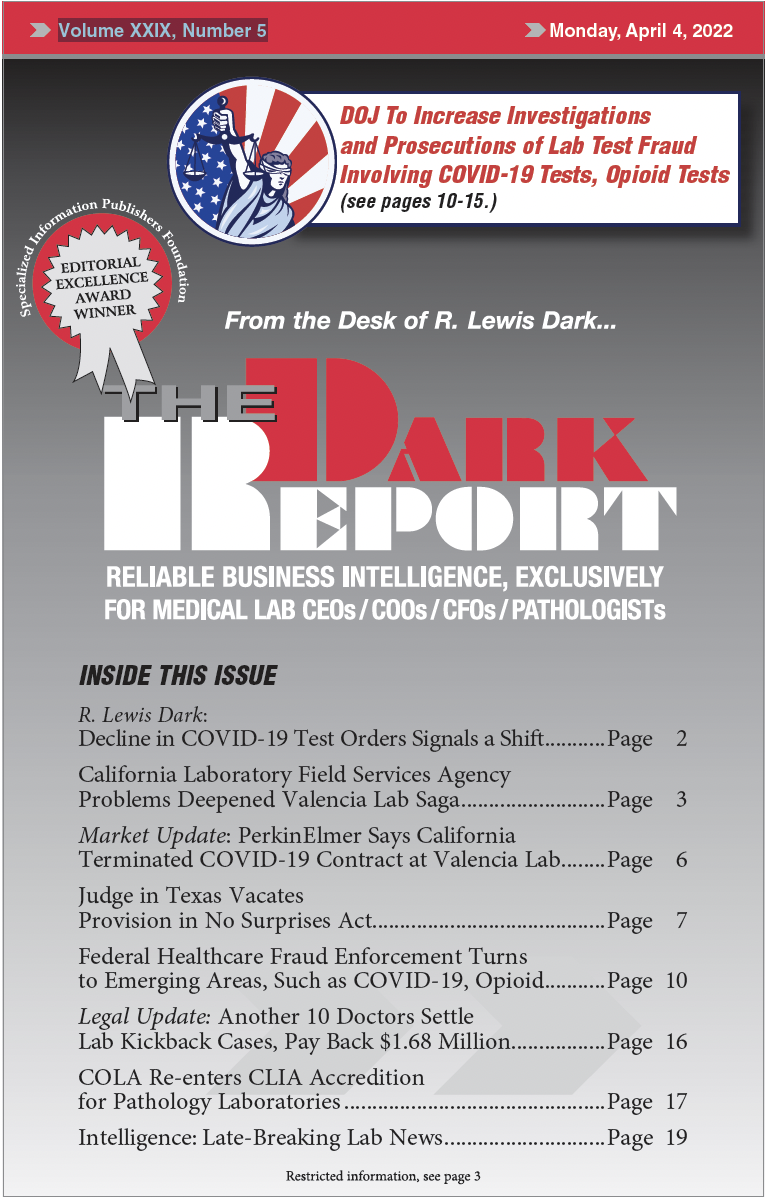CEO SUMMARY: It did not take long for providers to go to court to challenge the new federal No Surprises Act. A district court judge has vacated a provision in the No Surprises Act that emphasized one criterion during arbitration which put the dispute process in conflict with the wording of the Act. The …
Judge Vacates Provision in No Surprises Act Read More »
To access this post, you must purchase The Dark Report.


